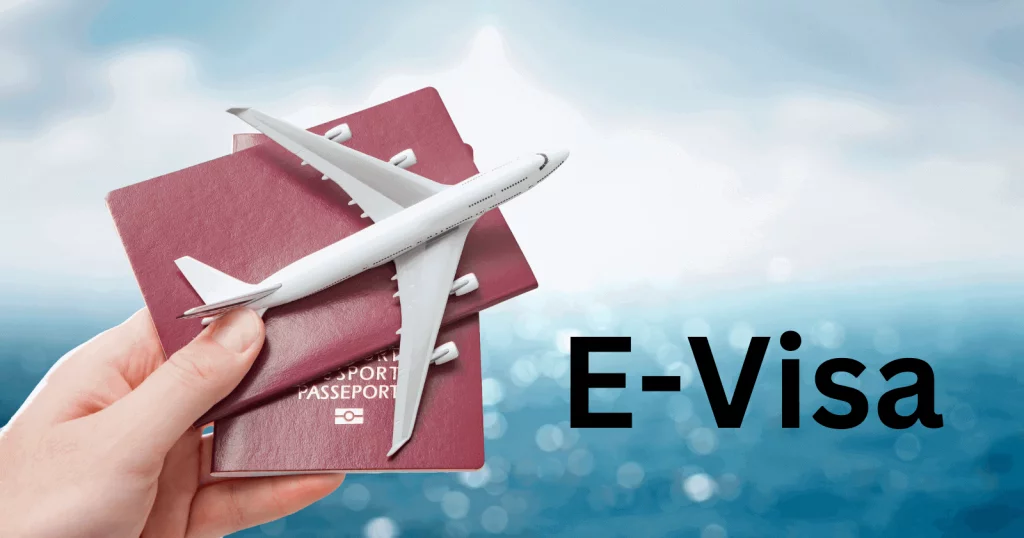Saudi Arabia, a land where ancient heritage meets futuristic vision, has captivated global travelers, drawing over 2.7 million visitors in the first half of 2025. For those from Europe and Asia, the kingdom’s eVisa system offers a seamless entry point to explore its deserts, Red Sea coasts, and vibrant cities. The SAUDI VISA FOR ITALIAN CITIZENS provides Italians with a streamlined digital process to experience Saudi’s cultural and economic wonders. Similarly, the SAUDI VISA FOR JAPANESE CITIZENS ensures Japanese travelers can easily plan journeys, from spiritual pilgrimages to business ventures in Riyadh. Aligned with Vision 2030’s goal to welcome 150 million visitors by 2030, these visas reflect Saudi Arabia’s commitment to global connectivity and hospitality. This article explores the application processes, eligibility details, and practical tips tailored for Italians and Japanese eager to embark on an Arabian adventure.
Saudi Visa for Italian Citizens: A Mediterranean Gateway to Arabia
Italy, with its rich history and Mediterranean vibrancy, shares a cultural curiosity with Saudi Arabia, making it an appealing destination for Italians seeking heritage and innovation. The Saudi visa for Italian citizens, introduced under the 2019 eVisa initiative, simplifies entry for tourism, family visits, or short-term business, offering multiple entries over a one-year period with each stay up to 90 days, totaling 180 days annually. Eligible Italians need a passport valid for six months beyond entry, a recent digital photo, and proof of accommodation, such as hotel bookings or an invitation letter. The application, processed through the official Visit Saudi portal, includes a fee of approximately $80 to $150, covering mandatory health insurance for medical emergencies.
The process is efficient, with approvals typically arriving within 24 to 72 hours, though peak seasons like Ramadan may extend this to five days. Italians can present their eVisa digitally or printed at entry points like King Abdulaziz International Airport in Jeddah or King Khalid in Riyadh, where smart gates with facial recognition streamline immigration to under 10 minutes. For Muslim Italians, the eVisa supports Umrah outside Hajj season, with bookings managed via the Nusuk app for seamless Mecca access. Health requirements, such as meningitis vaccinations for coastal regions, ensure safety in a climate where summer temperatures often exceed 40°C. Italy’s passport, ranked 3rd globally in 2025, supports visa-on-arrival options at major ports, though pre-application is advised to avoid delays. This visa enables Italians to explore Al-Ula’s archaeological sites, dive in Yanbu’s coral reefs, or engage in trade summits, leveraging the €3 billion Italy-Saudi economic ties.
Saudi Visa for Japanese Citizens: An Asian Bridge to Arabian Horizons
Japan, with its blend of tradition and technological prowess, finds a parallel in Saudi Arabia’s modernizing landscape, drawing Japanese travelers for cultural exploration and business opportunities. The Saudi visa for Japanese citizens mirrors the eVisa framework, accessible to over 60 nationalities, offering the same one-year multiple-entry structure with 90-day stays per visit. Requirements include a passport valid for six months, a digital photo, and accommodation proof, with applications submitted online via the Visit Saudi portal. The fee, inclusive of health insurance, ranges from $80 to $140, and approvals typically land in 1 to 3 days, ideal for Japanese planning trips from Tokyo or Osaka.
Visa-on-arrival options at hubs like Dammam’s King Fahd International Airport cater to spontaneous travelers, though online applications minimize wait times. For Muslim Japanese, the eVisa facilitates Umrah, with 2025 reforms streamlining Mecca access through Nusuk-integrated bookings. Health protocols, including digital declarations via the Tawakkalna app, align with global standards, and vaccinations may be required during flu season. Japan’s passport, ranked 1st globally, enhances regional mobility, with land borders like Al Batha from the UAE enabling overland entries. Japanese travelers can wander Jeddah’s historic Al-Balad, network at Riyadh’s LEAP tech conference, or explore Abha’s misty highlands, supported by Saudi’s upgraded infrastructure, including high-speed trains and new Red Sea resorts opening in 2025.
Practical Strategies for a Seamless Journey
Both Italians and Japanese navigate a unified eVisa process: complete the online form with personal and travel details, upload documents, and pay securely, with no interviews required. Accuracy is critical—mismatched passport data can lead to rejections, though corrections are possible within 30 days. Entry ports, from Jeddah’s cruise-friendly seaports to Riyadh’s smart-gate airports, streamline arrivals with technology, reducing wait times significantly. Budget travelers benefit from affordable transport—Riyadh’s metro costs $2 per ride—and free sites like the National Museum, though premium attractions like Al Rajhi Grand Mosque tours average $20.
Cultural preparation enhances the experience: respect prayer times, when public life pauses, and wear modest clothing covering shoulders and knees. Women travelers enjoy relaxed guardianship rules since 2023, but carrying ID is advised. Hydration is vital against arid heat, and apps like Careem offer rides from $5. For Umrah, book early via Nusuk, especially for winter months. Business travelers should verify event-specific rules, as conferences like LEAP require precise documentation. Saudi’s infrastructure, from Haramain trains to new coastal resorts, elevates accessibility for all.
Embracing Saudi Arabia’s Global Welcome
The Saudi visa for Italian citizens and the Saudi visa for Japanese citizens embody a kingdom eager to connect with Europe and Asia, inviting travelers to its heart. As Saudi Arabia’s tourism sector, contributing 7% to GDP in 2025, flourishes with heritage sites and futuristic hubs like NEOM, these visas ensure effortless access. Whether Italians trace ancient trade routes or Japanese explore modern skylines, preparation transforms logistics into gateways for discovery. With hospitality at its core, Saudi Arabia welcomes both nations to craft unforgettable narratives amid its sands, seas, and skyscrapers.


